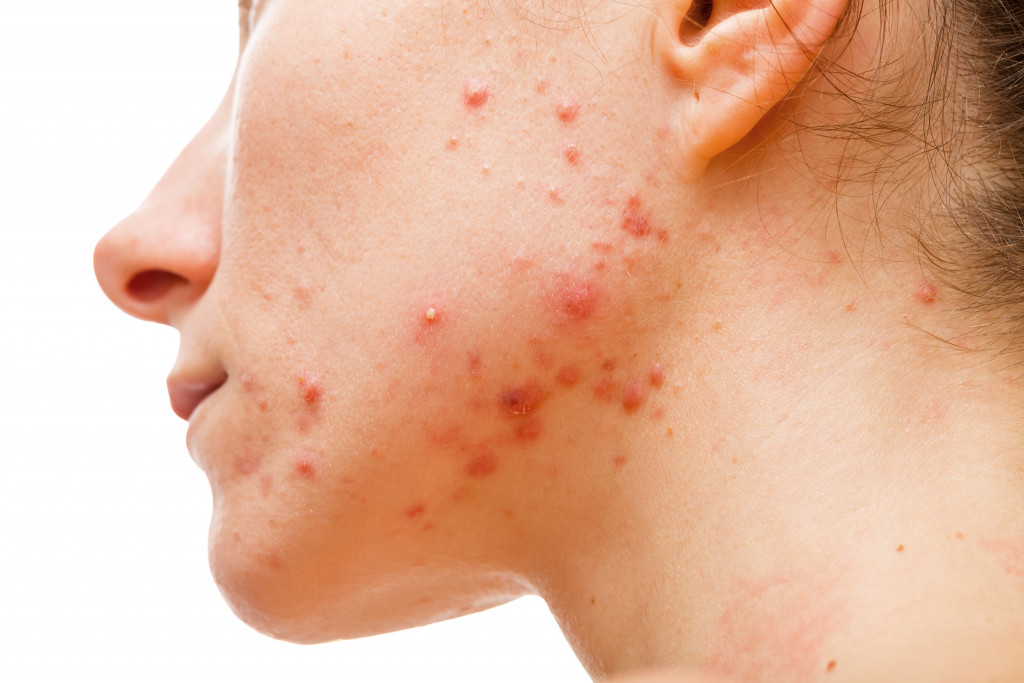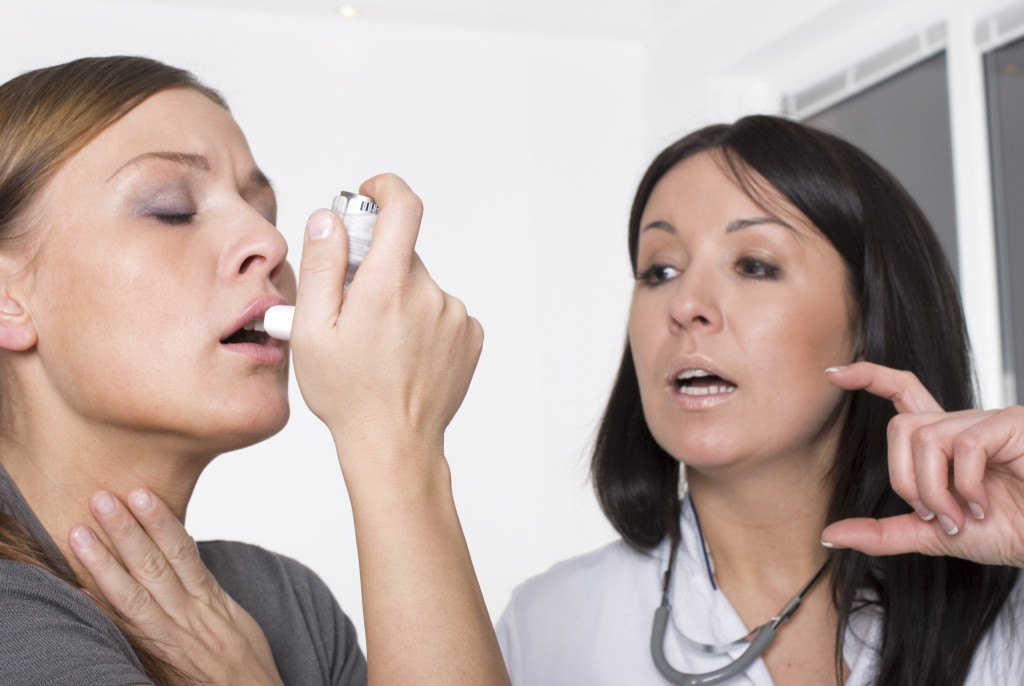Allergies are relatively common in the United States. It’s estimated that about 50 million Americans have allergies . Of course, it doesn’t help that allergens are pretty much everywhere. You may think of allergies as something that only happens outdoors, but the truth is, your home is full of potential allergens just waiting to invade your body and cause all sorts of problems. Here’s how you’re getting allergic reactions inside your home and how you can prevent it.
Mold and Mildew
Mold and mildew are two of the most common indoor allergens. They thrive in damp, dark places like basements and bathrooms and can cause many problems for allergy sufferers.
You can get an allergic reaction to mold and mildew in various ways. The first one is inhalation. When a person with allergies inhales mold and mildew spores, it can trigger an allergic reaction.
The second way is through physical contact. For example, allergens can get on your skin when you touch moldy surfaces or objects. Then they can be absorbed into your body through pores and cause a rash or other skin irritations like redness, inflammation, and even itchiness.
Third, mold and mildew can enter the body through ingestion. Not only when you eat moldy foods or drink water contaminated with spores, but also spices like paprika, chili powder, and cayenne pepper that contain capsaicin can cause an allergic reaction in people to it.
Dust Mites
Another common indoor allergen is dust mites. These tiny creatures thrive in warm, humid environments and are often found in bedding, upholstered furniture, and carpets.
The most common way people get an allergic reaction from dust mites is through inhalation. When you inhale the airborne particles of dust mite debris and excrement, your body may react by producing antibodies that cause inflammation in the nasal passages and respiratory tract, which can trigger allergy symptoms like sneezing, coughing, a runny nose, itchy or watery eyes, and even difficulty breathing.

Pet Dander
Pet dander is another common indoor allergen that can be difficult to avoid if you have pets. Dander is debris from your pet’s skin and saliva, which can irritate because of the animal proteins.
The most common way people get an allergic reaction to pet dander is through inhalation, similar to dust mites. When you inhale the airborne particles of dander, your body may react by producing antibodies and causing inflammation in the nasal passages and respiratory tract, which can trigger allergy symptoms like sneezing, coughing, a runny nose, itchy or watery eyes, and even difficulty breathing.
Other Allergens
Allergies aren’t just caused by dust and mold, though. Here are some other common indoor allergen culprits at home:
- Perfumes
- Fungus
- Household cleaners
- Pesticides
- Pollen
- Dust
If you suffer from allergies, you must be aware of the many potential allergens in your home. Additionally, you can prevent them from happening by following these tips:
Clean Your HVAC
Your HVAC system can be home to allergens like mold, mildew, and pet dander. However, your HVAC system can be pretty complicated to clean by yourself. This is when you should contact a local HVAC technician to help you keep your home allergy-free. They can clean and maintain your HVAC system to ensure that it keeps your home free of these harmful allergens.
Keep Your Home Clean
One of the best ways to prevent allergies is to keep your home clean and free of allergens. This means vacuuming and dusting regularly and mopping your floors. You should also wash your bedding in hot water at least once weekly. If you have pets, bathe them regularly and keep them out of your bedroom.
Use Air Purifier
Air purifiers can help reduce allergens in the air and make breathing much easier. If you’re allergic to pollen or dust, an air purifier will be a lifesaver. Be sure to purchase one that is designed to remove allergens from the air specifically, such as HEPA filters.
Keep Windows Closed
During pollen season, it is best to keep your windows closed so that pollen cannot get into your home. You can also use a HEPA filter on your furnace and air conditioner to help remove pollen from the air before it has a chance to enter your home.
Avoid triggers
If you know what triggers your allergies, do your best to avoid them. For example, if you are allergic to dust mites, keep clutter to a minimum in your home, so they have nowhere to hide. If you are allergic to pollen, try to stay indoors on days when the pollen count is high outside.
Allergies are no fun for anyone, but there are steps you can take to prevent them from occurring inside your home. By keeping your home clean, using an air purifier, and avoiding triggers, you can help reduce the chances of having an allergy attack inside your own four walls.





